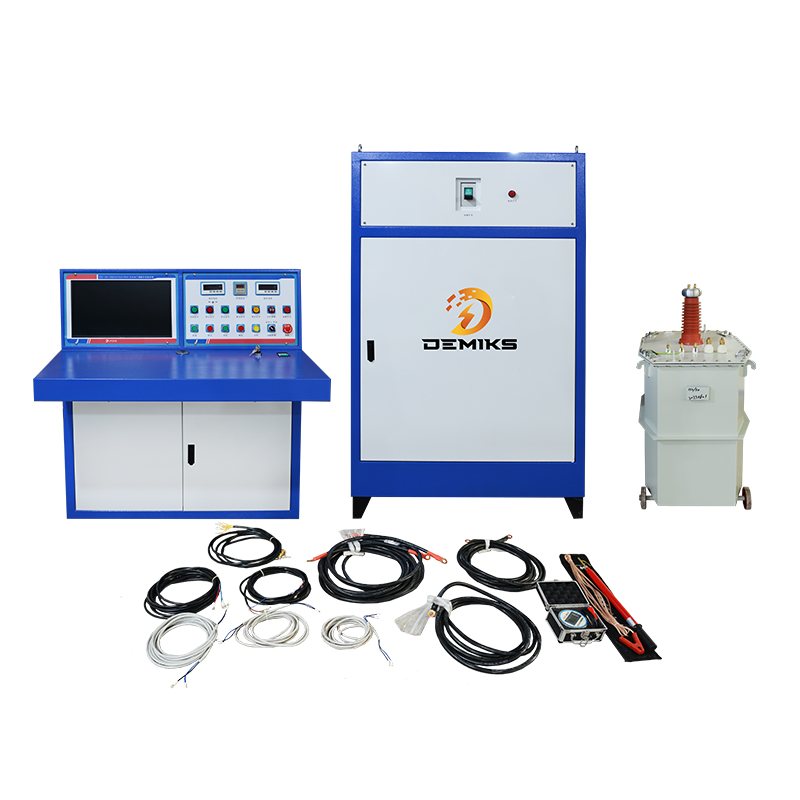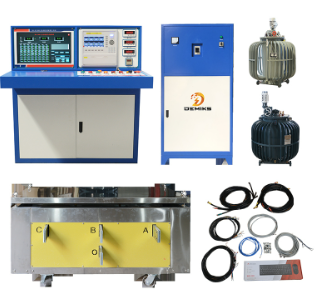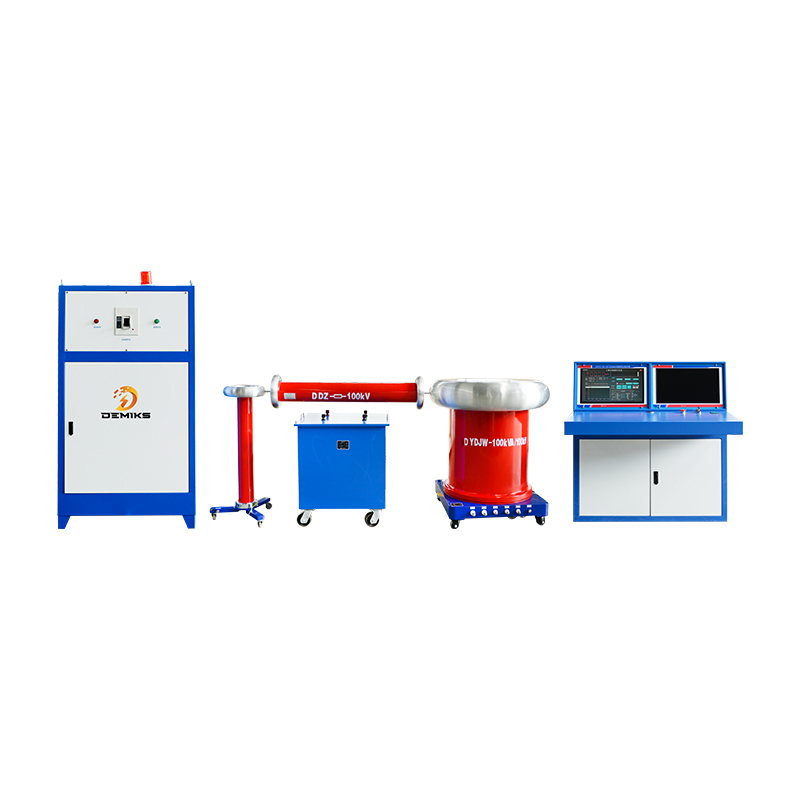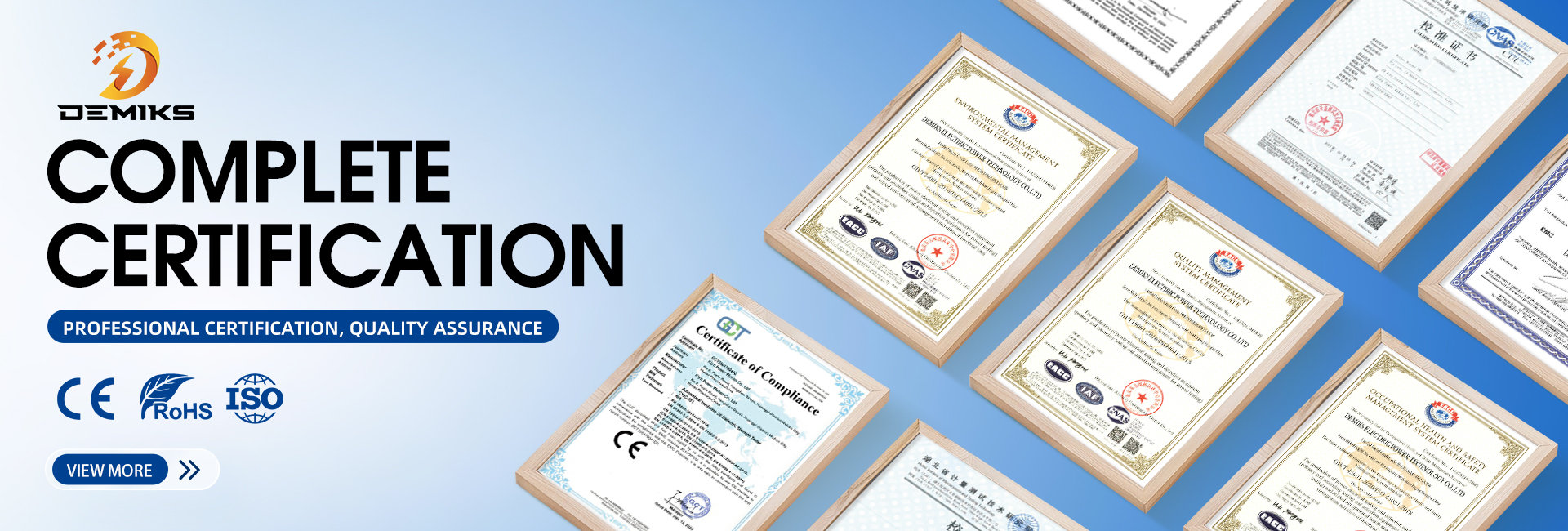Component composition in substations
Substation equipment is a key part of the power system used to convert voltage levels, distribute power and provide protection and control. These components can be divided into primary (power handling) equipment and secondary (control and protection) equipment.
1. Primary Equipment (Power-Handing Components)
These components handle high voltage and current:
A) Transformers
Power Transformers – Step up/down voltage (e.g., 11kV/415V).
Auxiliary Transformers – Supply power to substation equipment.
B) Switchgear
Circuit Breakers (CBs) – Interrupt fault currents (ACB, VCB, SF6).
Disconnectors (Isolators) – Isolate circuits for maintenance (no load-breaking).
Earthing Switches – Ground equipment for safety.
Fuses – Protect against overcurrent (used in distribution).
C) Busbars
Conductors that distribute power between feeders.
Types: Single bus, double bus, ring bus.
D) Current Transformers (CTs) & Voltage Transformers (VTs)
CTs – Reduce high current to measurable levels (e.g., 1000A → 5A).
VTs (Potential Transformers, PTs) – Step down voltage for metering (e.g., 11kV → 110V).
E) Lightning Arresters (Surge Arresters)
Protect equipment from lightning and switching surges.
F) Capacitor Banks & Reactors
Capacitors – Improve power factor.
Reactors – Limit fault current or compensate reactive power.
G) Cables & Overhead Lines
Incoming/outgoing power connections.
2. Secondary Equipment (Control & Protection)
These components monitor and protect the substation:
A) Protective Relays
Detect faults and send tripping signals (e.g., overcurrent, differential, distance relays).
B) SCADA & Automation Systems
Remote monitoring and control (RTUs, HMIs).
C) Metering & Monitoring Devices
Energy meters, fault recorders, power quality analyzers.
D) Battery Backup & DC Supply
Powers relays and control circuits during outages.
E) Control Panels & Marshalling Kiosks
Houses relays, switches, and communication devices.
3. Auxiliary Systems
Earthing/Grounding System – Safety & fault current dissipation.
Fire Protection System – Extinguishers, gas-based suppression (SF6, CO2).
Lighting & Ventilation – Ensures safe working conditions.
The above content is published by demiks, please specify, demiks is a substation equipment manufacturer, specializing in the production of high-voltage tester, transformer test equipment, circuit breaker test equipment, relay tester, SF6 gas analyser, cable fault tester and other products, if you have power test testing needs, please feel free to contact demiks power science and technology limited company or send an email! Give us: contact@demikspower.com
 Relay Protection Testing and Commissioning Gu
Relay Protection Testing and Commissioning Gu
 how to test microwave transformer
how to test microwave transformer
 how to reset circuit breaker with test button
how to reset circuit breaker with test button
 high voltage cable testing standards
high voltage cable testing standards




